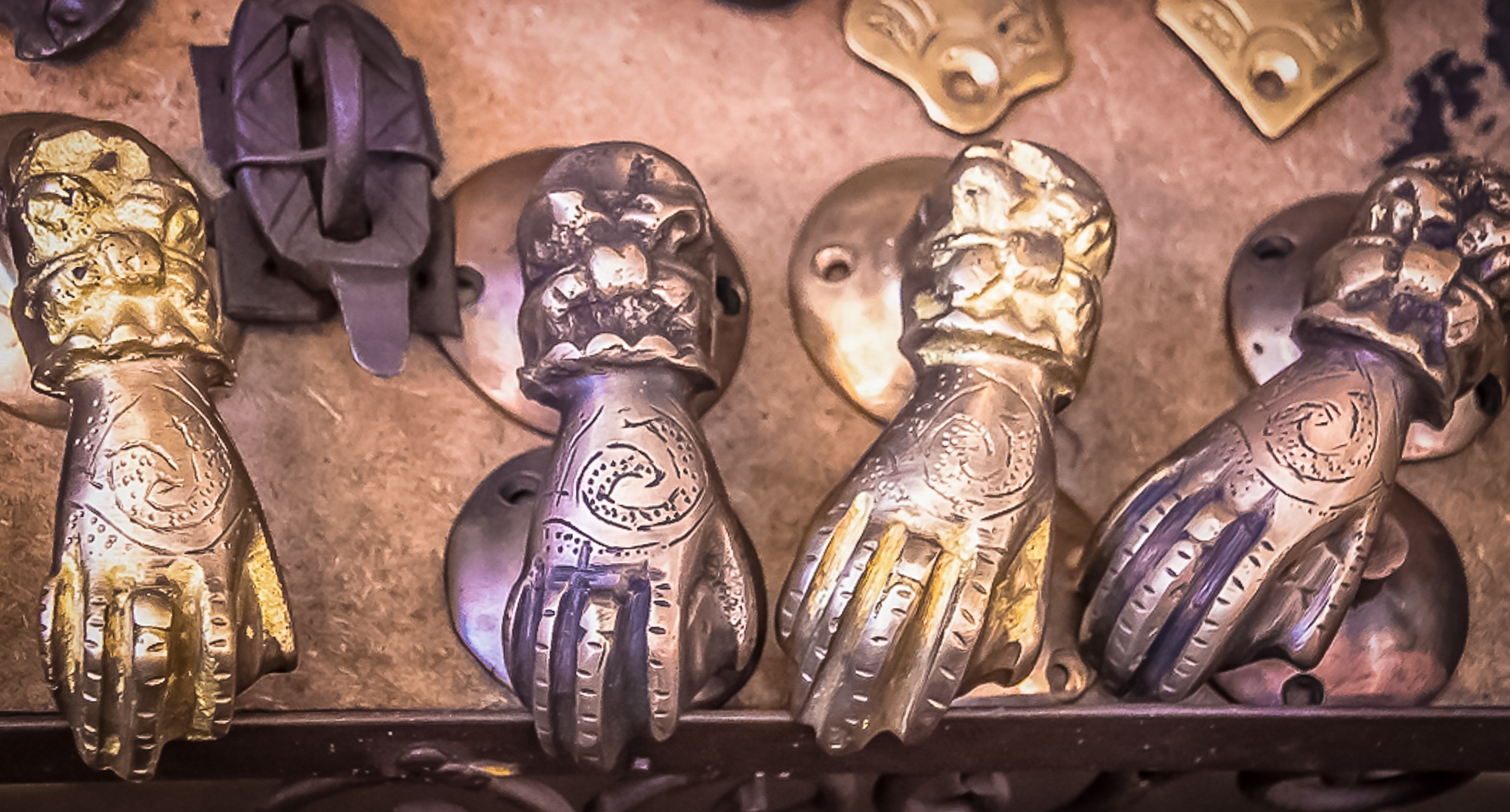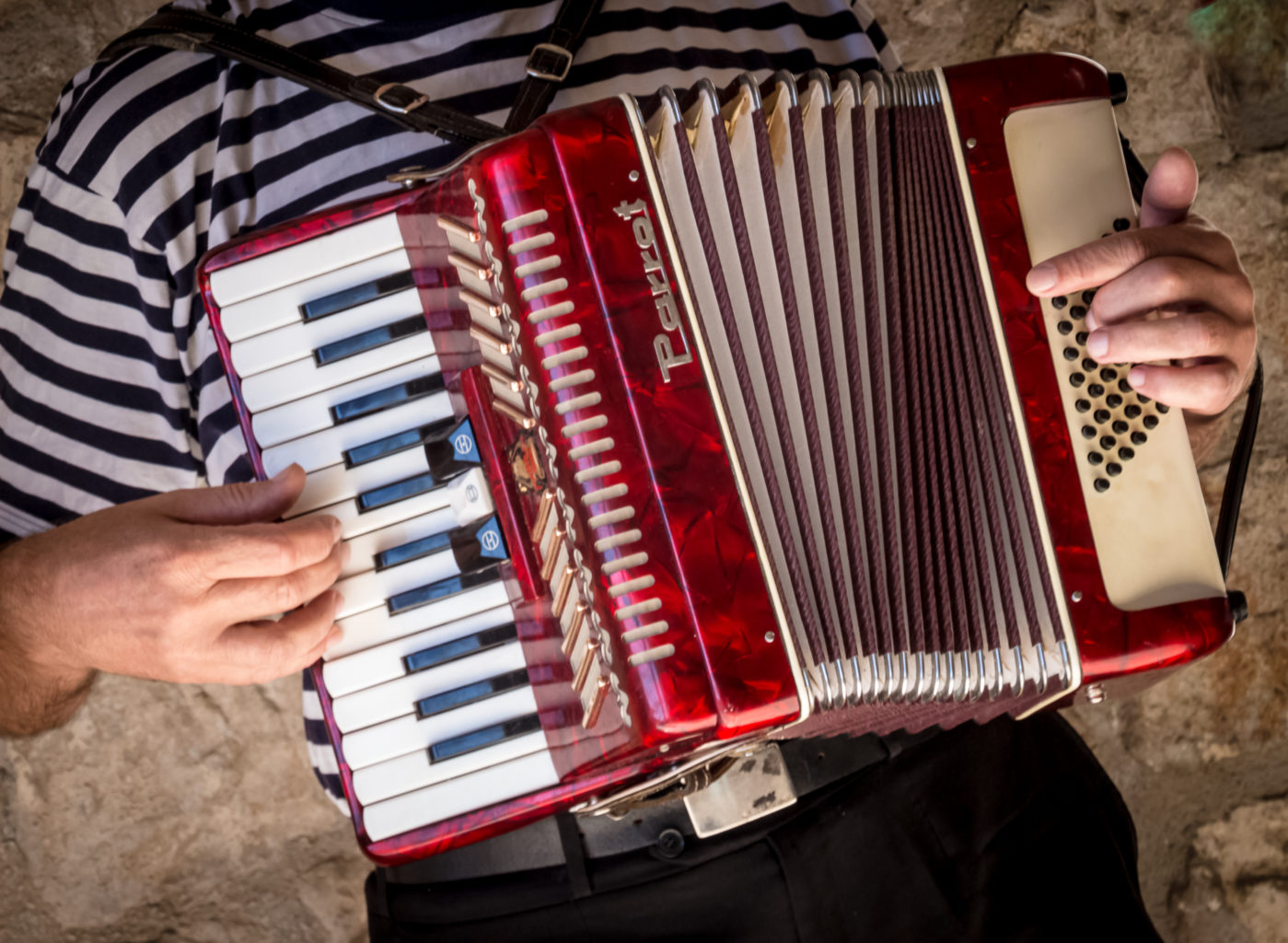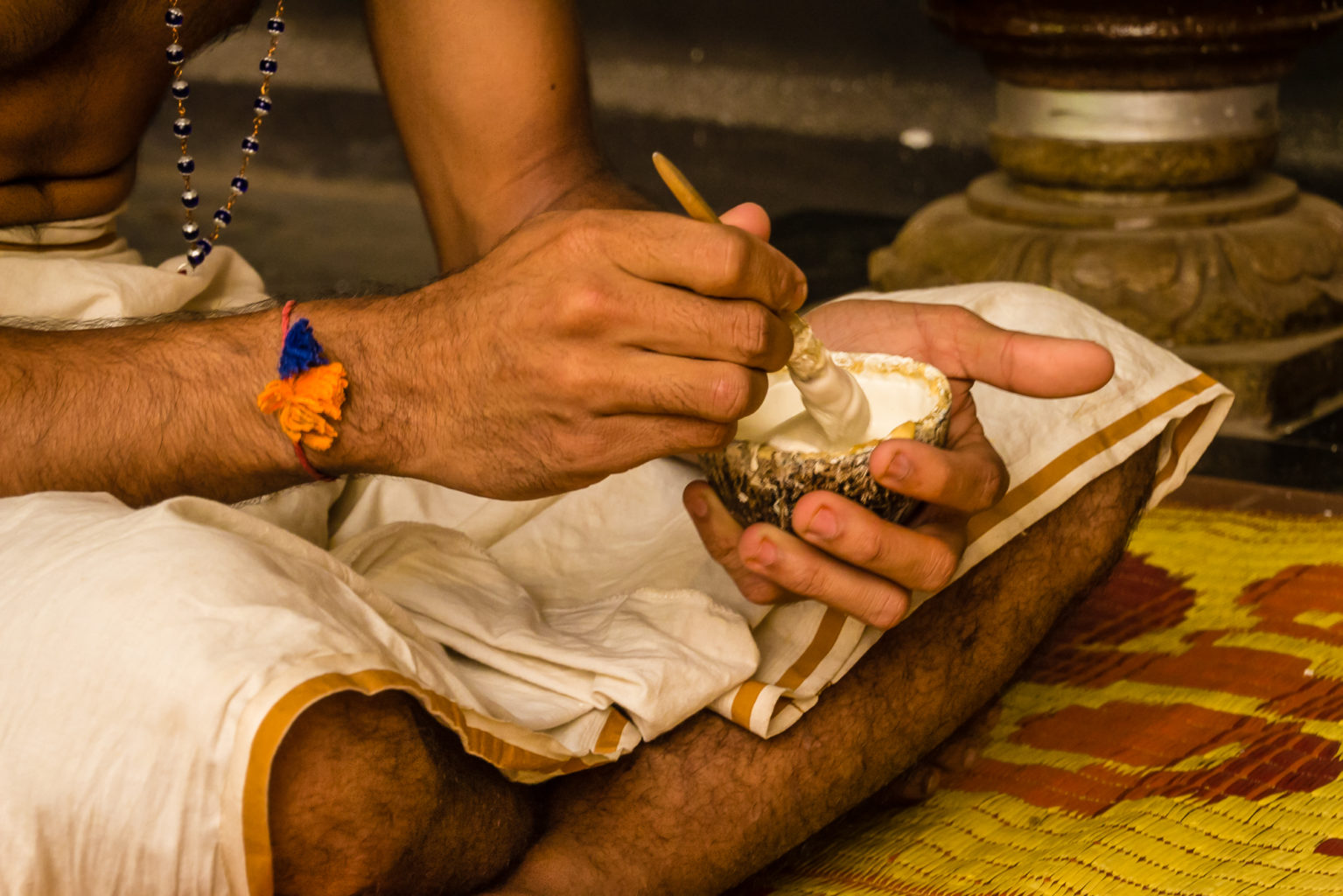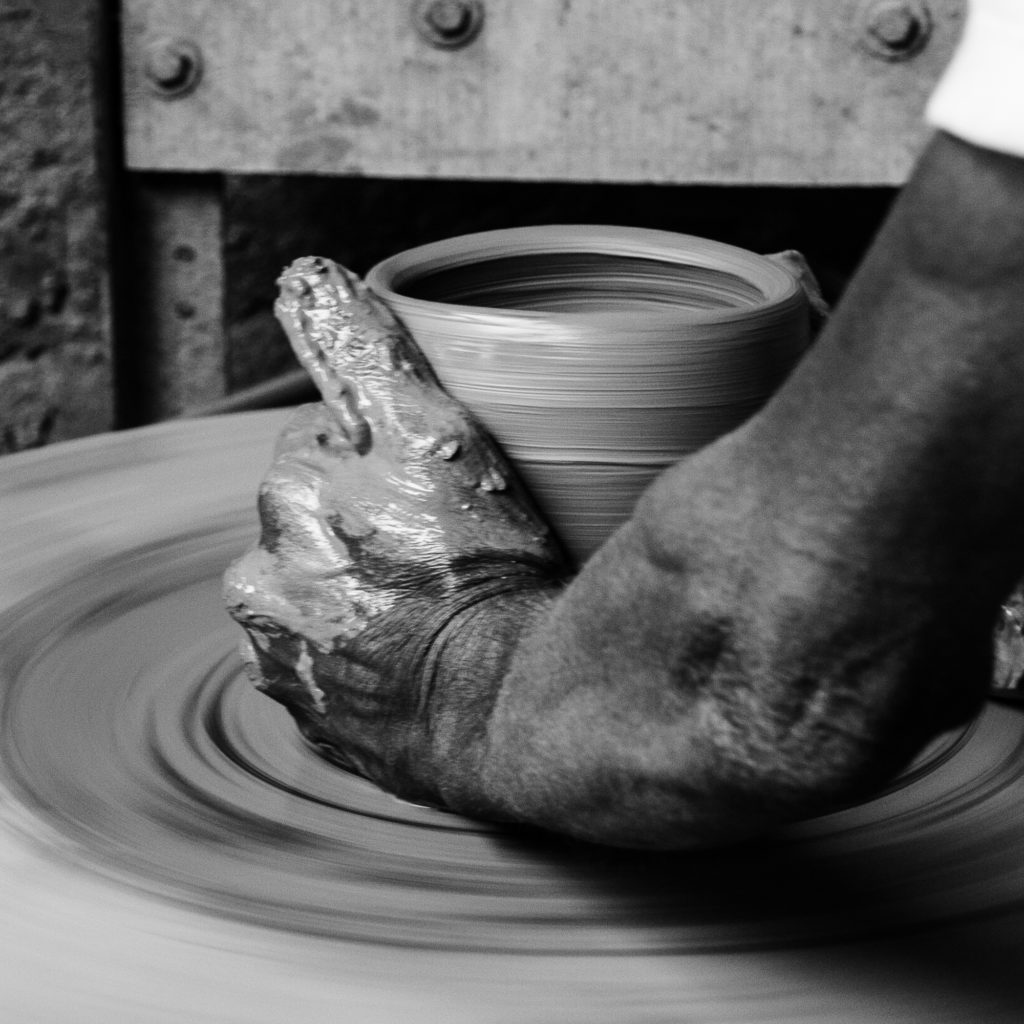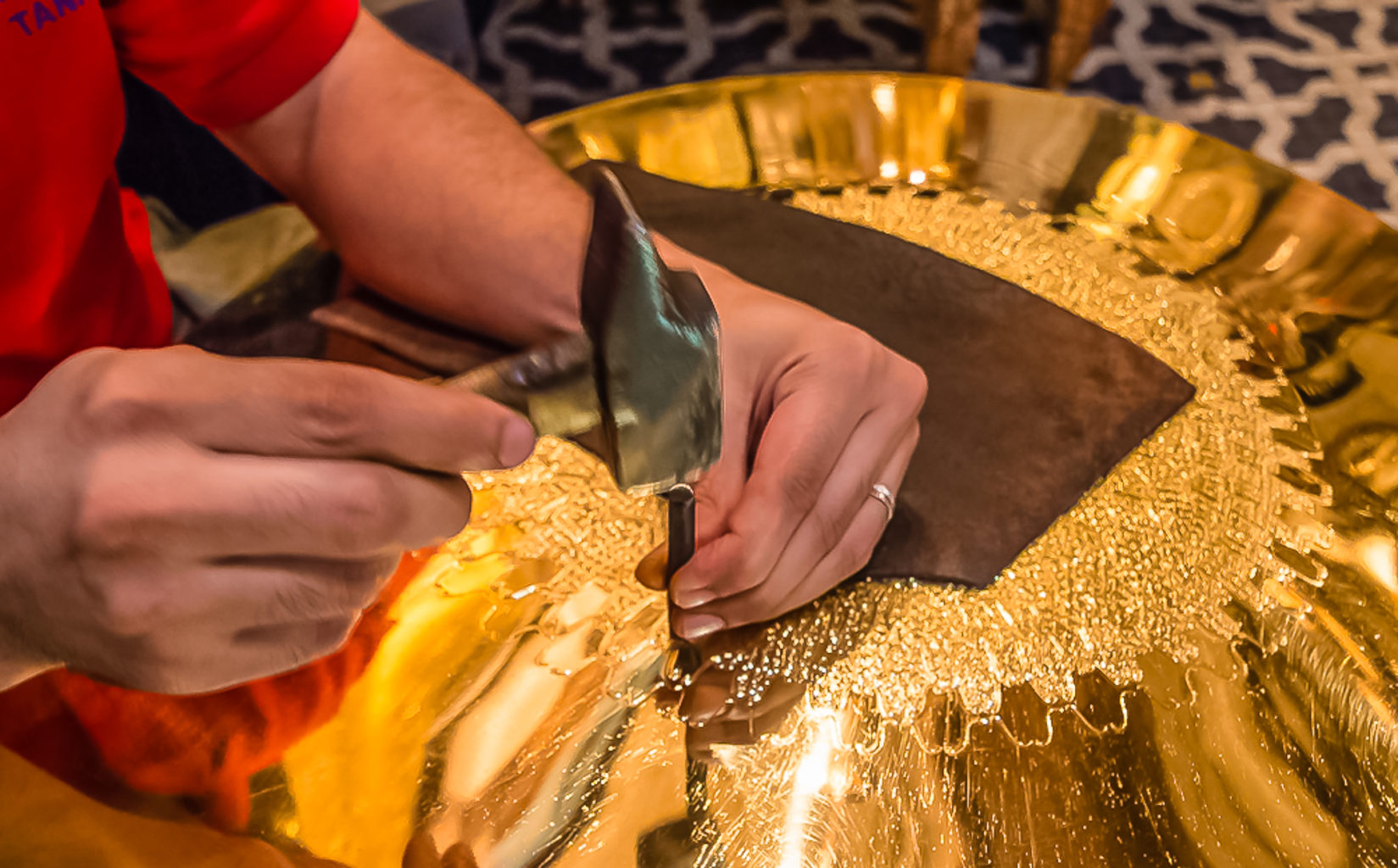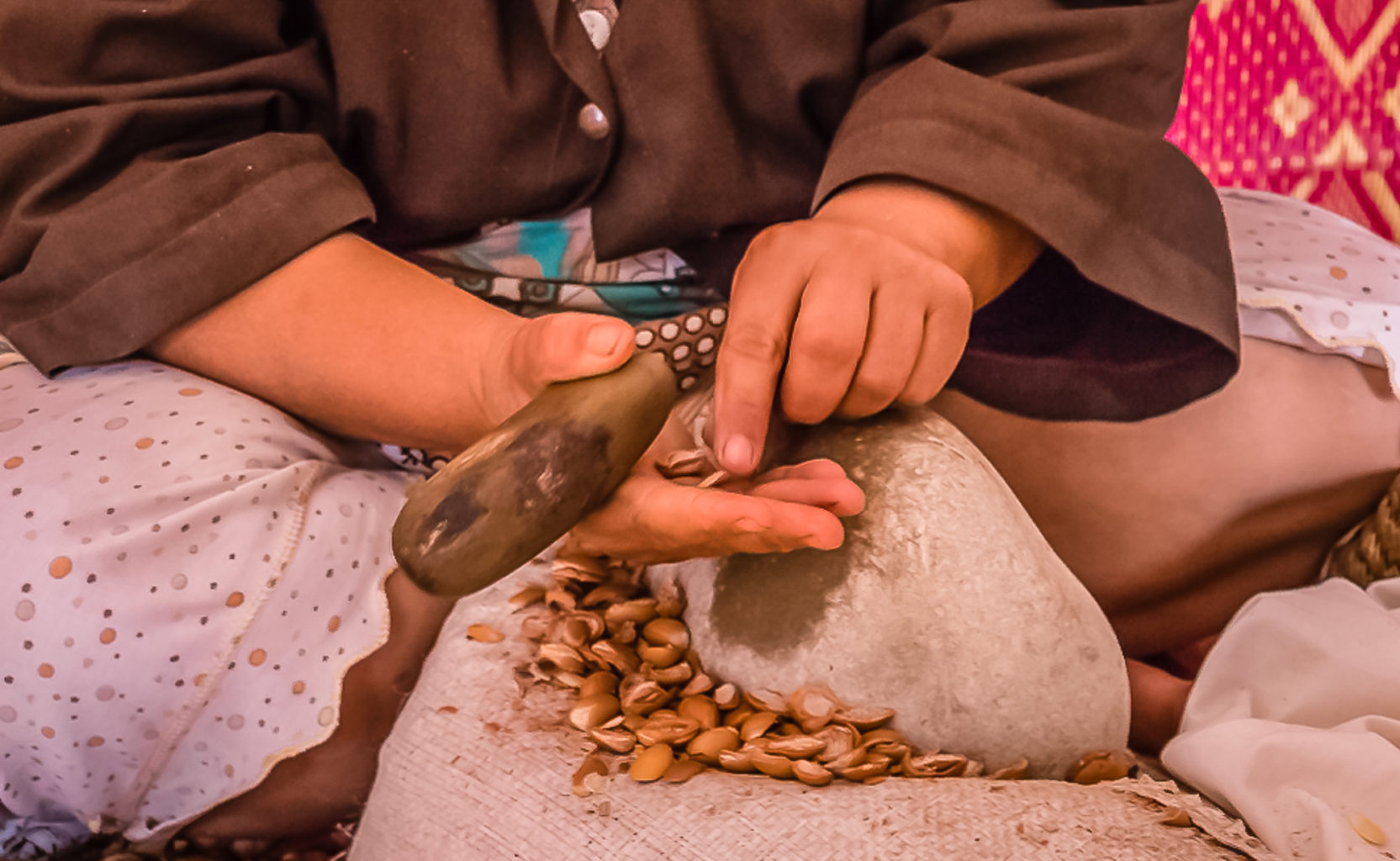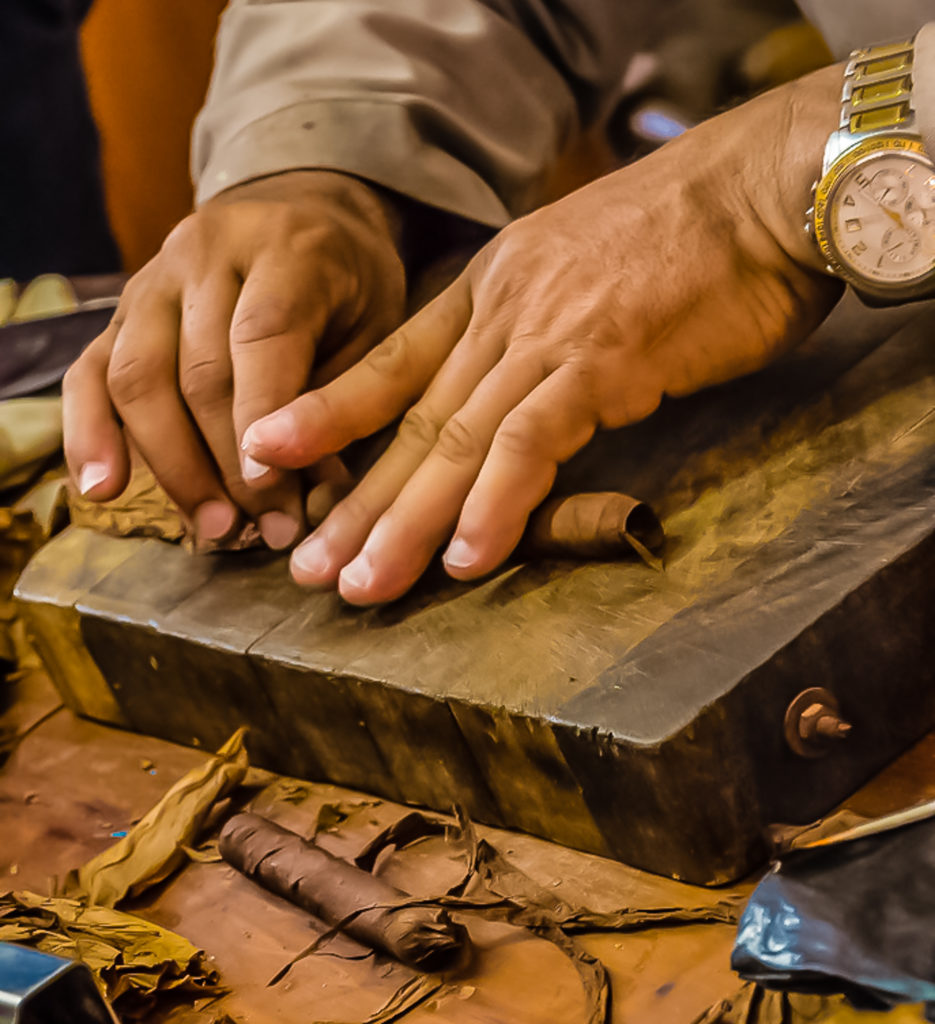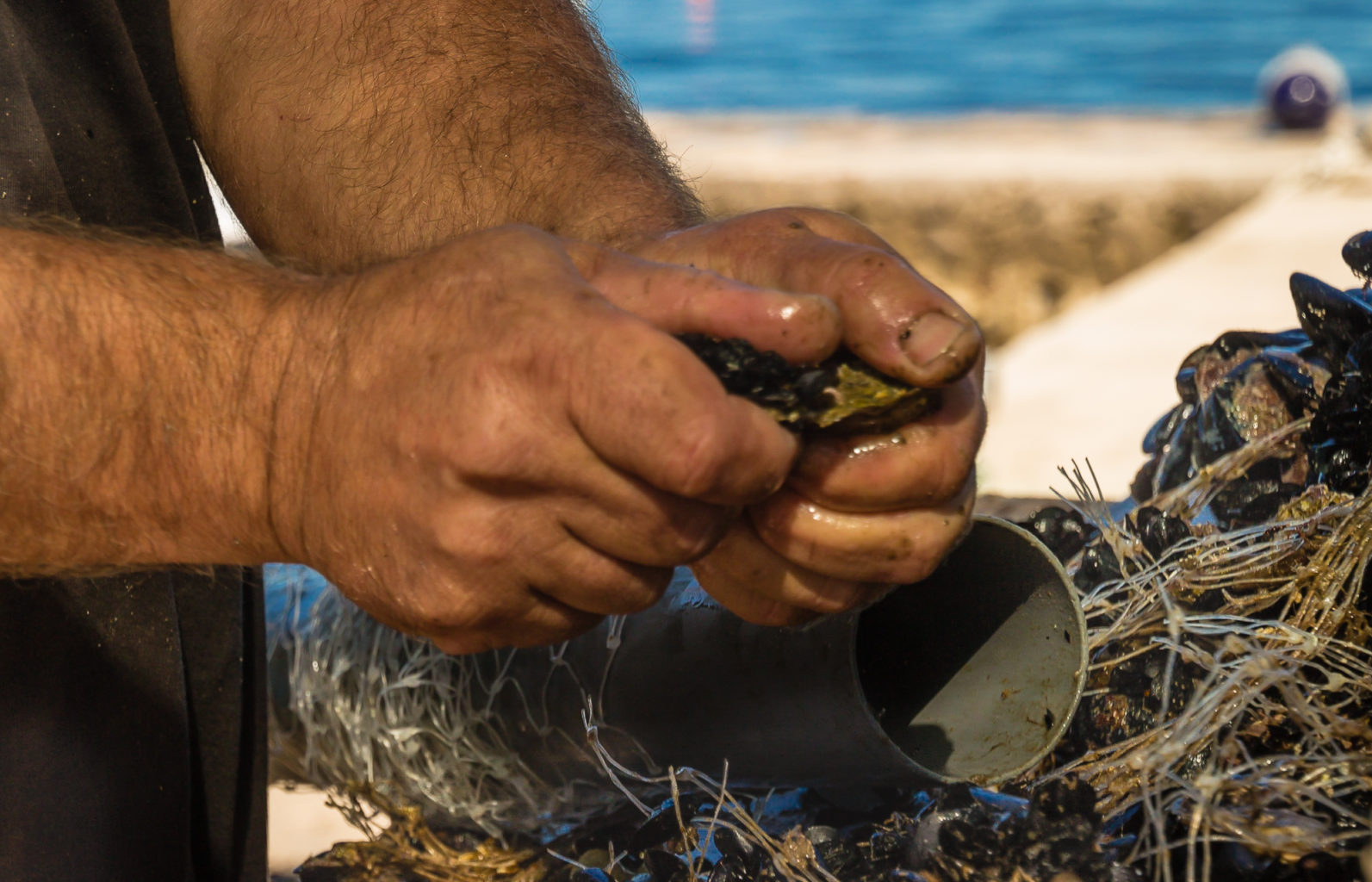HANDS AROUND THE WORLD
By Jane Jamison
While eyes may be the windows to the soul, hands show the character of the individual and the roots of the culture. Since I began traveling with Photo Workshop Adventures (PWA) in 2013, I’ve become infatuated with detail images of working hands. Interestingly, I have found that many people who refuse to allow a photograph of their face will often allow photos of their hands at work. Photographing hands around the world helps to showcase the diversity of talents, skills and cultures we encounter when we travel.
Musical Hands
The hands of creative artists sometimes become instruments of beautiful music. Street musicians entertain in many of the countries I’ve visited with PWA. Most entertain hoping for a gratuity or a purchase of their CDs; some simply play for their own pleasure. Using a zoom travel lens enables me to capture an image of just their hands. Using the Tamron 18-270mm and Fujifilm 18-135mm are ideal for this. It allows me to photograph them without interfering with their street concerts or work.
One pair of talented musicians caught my attention in Croatia on the island of Korcula as we wandered through the town. As we stopped to listen, my eyes first went to the bright, shiny color of the instruments. But soon I focused on the accordionist’s hands to capture the skill at the heart of his multi-tasking talent.
Painters and Potters
The creative hands of visual artists produce beauty, whether through painting or sculpting clay. In Cefalu, Sicily, a talented artist turned his pallet so that I could capture the painting that he was proud to display. In a Croatian market in Zagreb an art class took place at a couple of tables with a gentleman mentoring several ladies. Neither the instructor nor the students ever realized that I was capturing their talented hands teaching and learning.
Sometimes artistic painting comes in stranger forms. While in Kochi, India, we watched two actors spend more than an hour painting themselves. They applied make-up before performing their traditional dance/play for a private performance. It even took an extra apprentice to complete the intricate makeup for the actor who played the King.
In Rajasthan India, a talented potter in Jaipur created beautiful and practical pots with his hands. He was creating the shape he had envisioned and proudly demonstrated his talent for us. He took valuable time to set up and connect the rather crude power for his wheel just for our group.
The Hands of Mentors
Dedicated hands frequently transfer cultural talents and skills to younger generations. Tribesmen in a village near the Maasai Mara Nature Reserve in Kenya started a fire using only metal, elephant dung, a stick, and the heat of the sun. Young boys watched carefully, learning this traditional skill from their elders.
A basket weaver in the Charleston market initially refused to allow a photo, but agreed that I could photograph her hands. She was weaving one of the traditional Mt. Pleasant sweet grass baskets. She learned her art of weaving from her mother and grandmother. Of course, I purchased a small artistic wall hanging in appreciation of her conversation and skill.
At a shop in Fez, Morocco, the owner mentored a young man in hammering metal for decorative plates and shields. The large plate or shield required both skill and concentration. Again, I made a purchase both to show my admiration of his skill and talent and to thank him for cooperating.
Other keepers of tradition have included mosaic or stone carvers in the medina of Fez. A squatter carved a wood piece in a dilapidated former palace in Marrakech. Many “residents” sought to improve their surroundings or to produce items for sale. The Moroccan King now allows women to work in a cooperative, making products for sale from the argan oil produced by the “Tree Goats”.
Knowledge Handed Down
Horsemen in Mandawa, India, learn from the Prince who owns the nearby castle where we stayed. They learn how to use the ancient decorative garb to “dress” the famed horses for ceremonial occasions. While they did most of the work and were skilled horsemen, the Prince himself chose items from the trunks and tweaked the final touches. We were treated to a lengthy, meticulous demonstration in the downtown area near the famous havalis.
Another teacher I’ve admired was tobacco grower Montesino in Vinales, Cuba. While demonstrating the proper technique of rolling his famous Cohiba cigars, his hands had the precision of a surgeon’s. Obviously, he doesn’t roll all of the cigars produced from his tobacco any more than the prince dresses the horses alone. Yet they each model the traditional technique and set the standard for excellence.
Spiritual Hands
Spiritual hands become instruments of belief and religion in many cultures. One Indian tradition is placing lighted candles and marigolds in the River Ganges in Varanasi, India. This is done as a form of worship and prayer. We followed this tradition, purchasing a bowlful of flowers and candles to put in the middle of the river. Our guides and oarsmen lit the many candles so that we would all have plenty of good fortune and prosperity.
Working Hands
Overall, my favorite hands are actually those just working at what they do on a daily basis. Fishmongers filet fish for markets or for individuals. We watched one in Kerala, India prepare our fish for dinner on the houseboat where we spent one night. Fishermen keep their nets tended and repaired, requiring skill with a needle. On the beach in Kochi, I watched in fascination as burly fishermen tended their nets with an almost dainty stitch.
Both owners and workers at an oyster farm in Croatia. They shuck the oysters and bag the mussels, both tasks that leave hands pretty dirty. We were fortunate to be invited to dinner to share a meal of these fresh shellfish. We also had champagne from a bottle encrusted with oyster shells that had been stored at the bottom of the sea. What a unique and special experience! You can read about the details in Roman Martin’s blog “Oyster Farm at Peljesac Croatia”. “
When I am at home, I do primarily flower and garden photography. But when I travel, I enjoy capturing images of landscapes, seascapes, and street scenes. However, I think my travels are best represented by the photos of hands of people I’ve met around the world. It’s PWA’s commitment to the authenticity of people and cultures that allows me to see hands around the world. I like the fact that I can see them up close and personal. It is only one of the many reasons to choose to travel with PWA.
